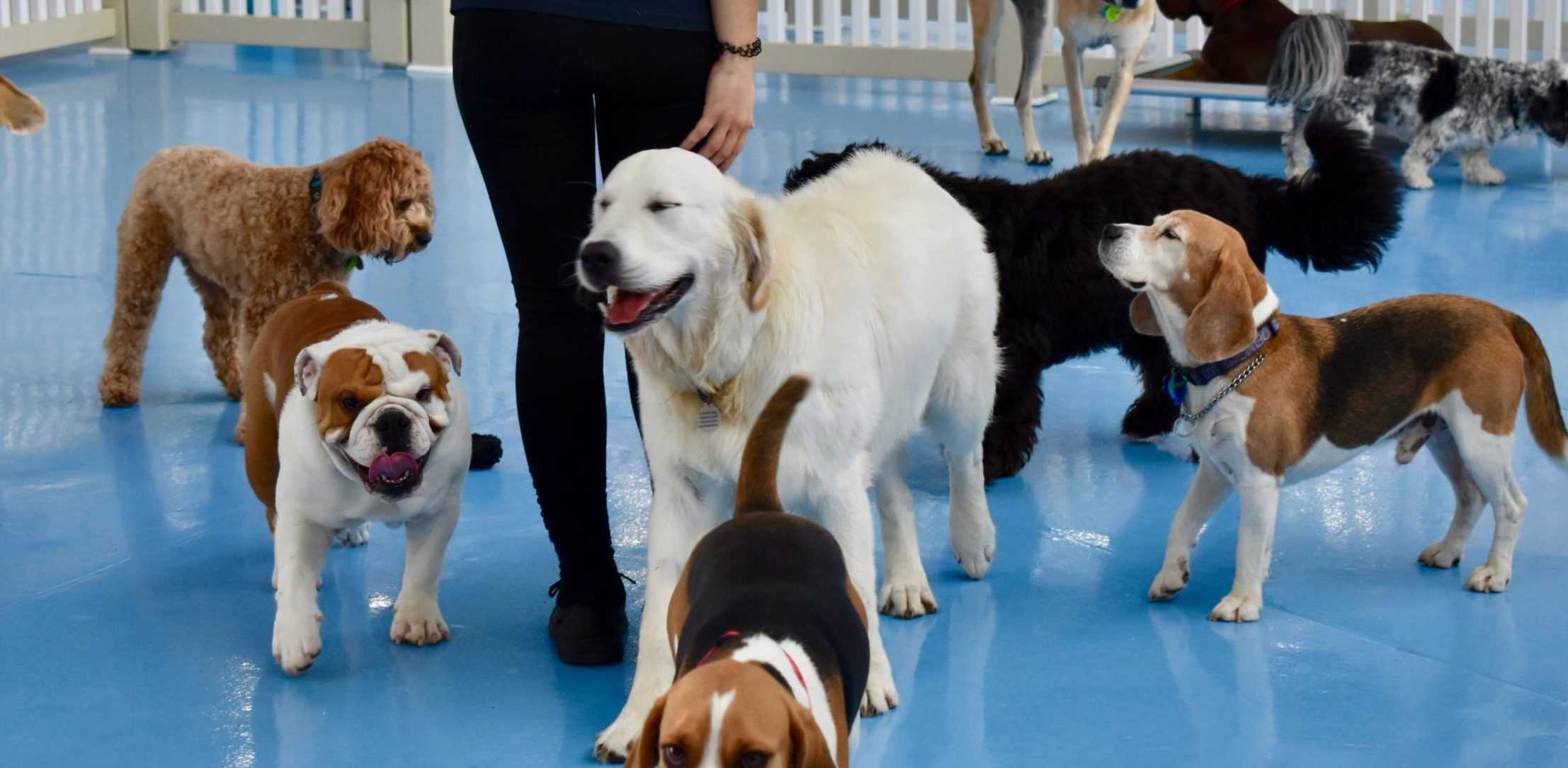Parents usually go for style when choosing clothes for kids. However, the material and texture of the clothing matter a lot. Kids’ clothes need to absorb moisture; it should not cause allergies and also need ventilation. These are some of the reasons why a parent should consider when buying clothes for the kids. Most of the kids’ skins are sensitive and might react with the material of the cloth. It’s crucial when buying the boys or girls pyjamas; they should be cosy and breathable night wears. Kids should be as comfortable as possible in their clothes. These are some of the materials that do well with kid’s clothes.
Satin Clothes
Satin material looks more like silk. It is the best material for kids clothes because it’s well ventilated and will maintain the kid’s body temperature. They will not be sweaty and hot, especially during the summer seasons. They can also be best for nightwear because of how ventilated and comfortable they are. The material lasts for long and is easy to iron because it doesn’t get creased quickly.
Cotton Clothes
Cotton is perfect for all-weather; they do well in the cold and hot seasons. They are also eco-friendly and will not cause any allergies on the kid. It’s good with retaining moisture in case the baby sweats. The material is exceptionally comfortable, as well. There are different types of cotton; it’s best to ask before buying. You can feel the texture as well to make sure it does not irritate the skin. Whether it’s shorts, t-shirts or sweaters, cotton is always a safe choice.
Wool Clothes
The good thing about wool material is that it’s natural. Wool clothes for kids are functional mainly in the cold season because of how warm they are. They are different types of wool, so it’s best to go with softened wool clothes. The soft fabric will not be irritating on the kid’s skin. The material doesn’t get dirty quickly, so it can help with kids, especially during playtime. It will require some maintenance, but it’s worth it.
Linen Clothes
Linen is also an excellent material for kid’s clothes because it allows air to pass through. It is the best choice when buying boys or girls pyjamas or summer clothes. It is a natural fabric that is very breathable. Ironing the material is the only downside because it gets wrinkled quickly. Another advantage of linen clothes is; the fabric repels insects.
Fleece Clothes
Fleece kid’s clothes do well because it’s soft and durable. It was mostly used for outdoor situations and in freezing weather. But the material is now used to make other clothes too; you can get indoor fleece clothes. You can even buy kid’s fleece blankets; they are warm, soft and very comfortable. The material feels the same inside and outside the cloth, and it’s also lightweight. When the material gets wet, it dries quickly compared to other fabrics.
Conclusion
Choosing clothes for kids should not be all about the design and brand. The material should always be a factor because each material has its advantages and disadvantages. You should consider the clothes you are buying, whether it’s for outdoor or indoor activities. Some materials do well with outdoor clothes, while others do not. Kids should be comfortable and free to move around, and clothes play a huge role in that. Natural materials are best for children because of their breathability. You can play around with colour, but the material should always be a thought-out decision.
My name is Sardar Ayaz a professional content writer and SEO expert having Proven record of excellent writing demonstrated in a professional portfolio Impeccable grasp of the English language, including idioms and current trends in slang and expressions. I have ability to work independently with little or no daily supervision with strong interpersonal skills and willingness to communicate with clients, colleagues, and management.
I can produce well-researched content for publication online and in print, organize writing schedules to complete drafts of content or finished projects within deadlines. I have 12 years’ experience to develop related content for multiple platforms, such as websites, email marketing, product descriptions, videos, and blogs.
I use search engine optimization (SEO) strategies in writing to maximize the online visibility of a website in search results










